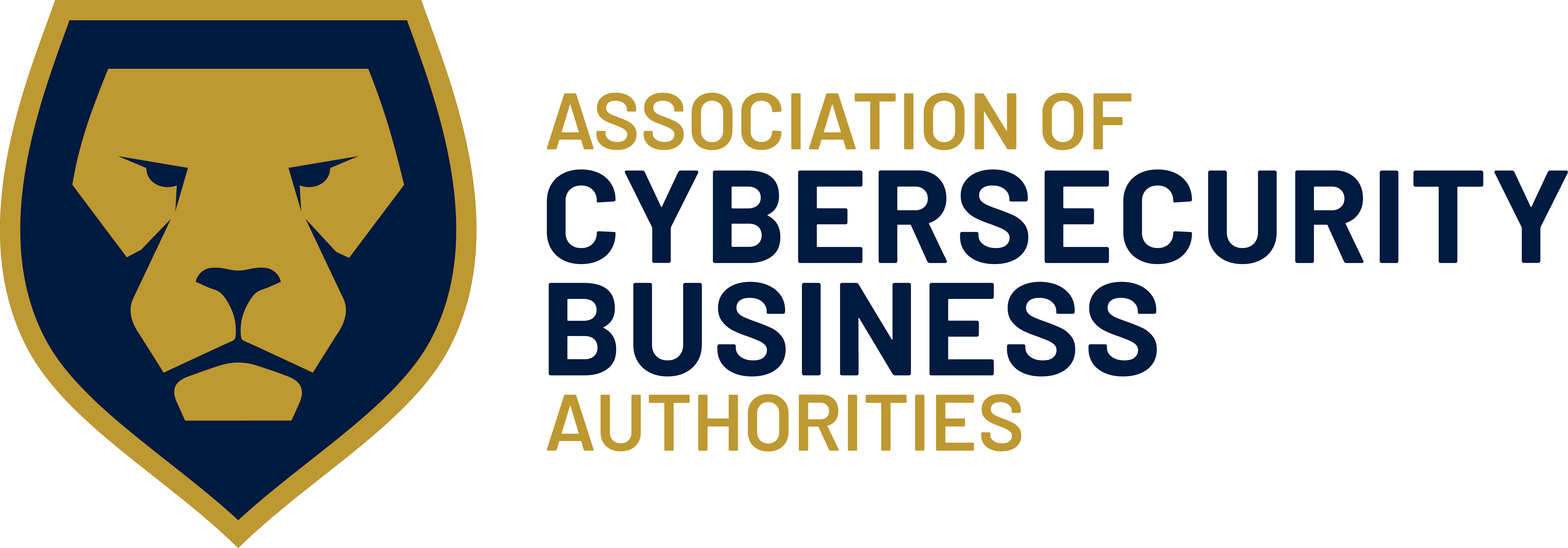Last week, we talked about weak passwords and how to avoid them. This week, we’ll talk about phishing and fake websites.
2. Phishing
Phishing is the sending of fraudulent emails that attempt to steal information such as personal identification, passwords, credit card, bank information, etc. Your information is valuable, and there are corporations willing to pay for it. Phishing is a very important topic, which is why we wrote a blog specifically addressing it. Read our What is Phishing? blog to get a more in-depth look at phishing and how you can protect yourself, but for now, here are a couple guidelines:
- Inspect the sender’s address. Look for minute changes, typos, misspellings.
- Look at the body of the email. Are there multiple fonts, font sizes, misspellings, grammar errors, etc.? Many times, phishing emails originate from senders who are not native English speakers. Strange syntax or bad grammar can be an indicator of phishing.
- Is the email scattered with links or attachments? They probably lead somewhere bad.
- Does the email incite an emotional response or demand immediate action? Criminals try to make you act before you think. If you ever see an email that says it’s urgent, claims you’ve been hacked, or anything of the like, stop and think. Inspect the email. Contact IT. Don’t overreact and leave yourself unprotected.
3. Fake Websites
The key to protecting yourself from fake websites is recognizing them in the first place. Here are a couple ways to check if you’re safe:
- In the address bar of your search engine, look for the padlock icon. This means your connection is secure. This icon is generally a good indicator of whether or not a website is safe.
- How did you get to the website? Never click a link in an email unless you’re 100% certain of who sent the email and why it was sent. Many times, a malicious email will contain links to a fake website. See our What is Phishing? blog to learn how to identify phishing emails.
- Check the URL. Is it formatted like it should be? Are there suspicious misspellings? Criminals will change the tiniest details to trick you.
Phishing, weak passwords, and fake websites are 3 major security issues that every technology user can encounter. To be a responsible technology user, educate yourselves about everyday cybersecurity.
For more NCAM information, check out Free Security Awareness Training Videos for 2020 | CompTIA and https://www.cisa.gov/cybersecurity-awareness-month. These are free informational resources that we highly recommend to anyone wanting to learn more about cybersecurity.





